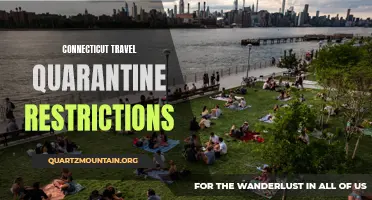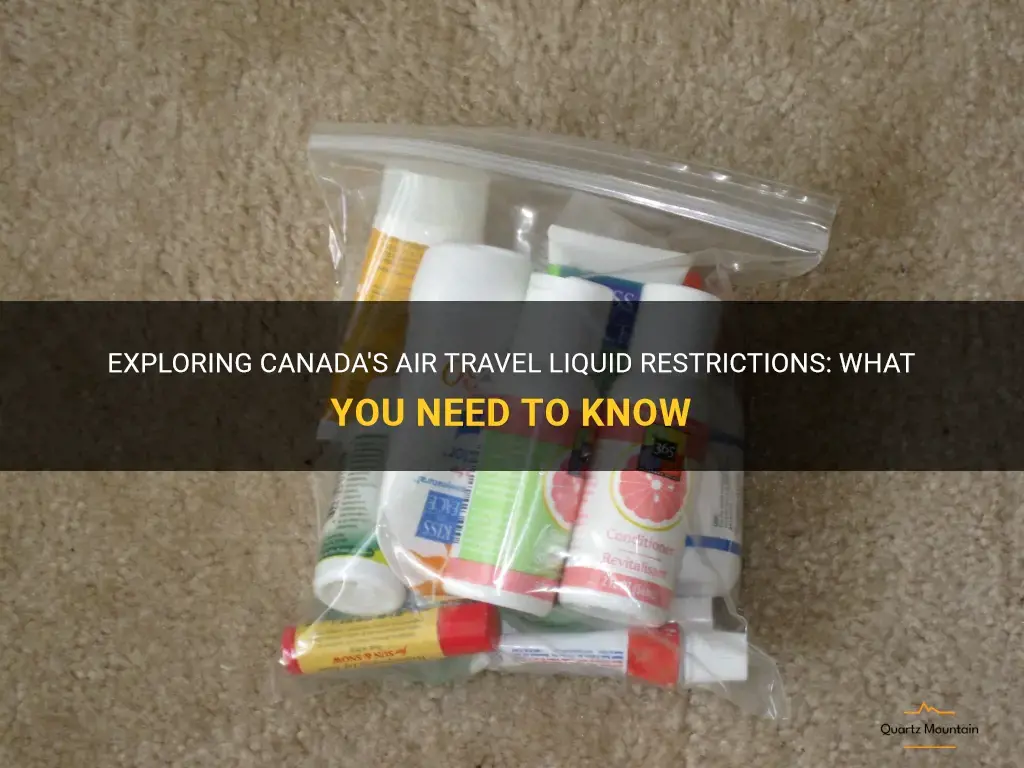
Canada, known for its stunning landscapes and friendly people, is a popular travel destination for many. However, before setting off on your adventure, it's important to be aware of the country's air travel liquid restrictions. In an effort to maintain the safety of all passengers, Canada has implemented regulations regarding the amount and types of liquids allowed in carry-on baggage. This informative guide will provide you with all the essential information you need to know before boarding your flight, ensuring a smooth and hassle-free journey.
| Characteristics | Values |
|---|---|
| Maximum container size | 100 ml |
| Maximum total volume of liquids | 1 liter |
| Containers must fit in a clear, resealable plastic bag | 1 bag per person |
| Bag dimensions | 22 cm x 16 cm (8.5 in x 6.5 in) |
| Exceptions | Medications, baby formula, etc. |
What You'll Learn
- What are the current liquid restrictions for air travel in Canada?
- How does Canada's liquid restrictions compare to other countries?
- Are there any exceptions to the liquid restrictions for certain passengers or circumstances?
- Are there any specific rules or regulations regarding the size or packaging of liquids for air travel in Canada?
- How strictly are the liquid restrictions enforced in Canadian airports?

What are the current liquid restrictions for air travel in Canada?
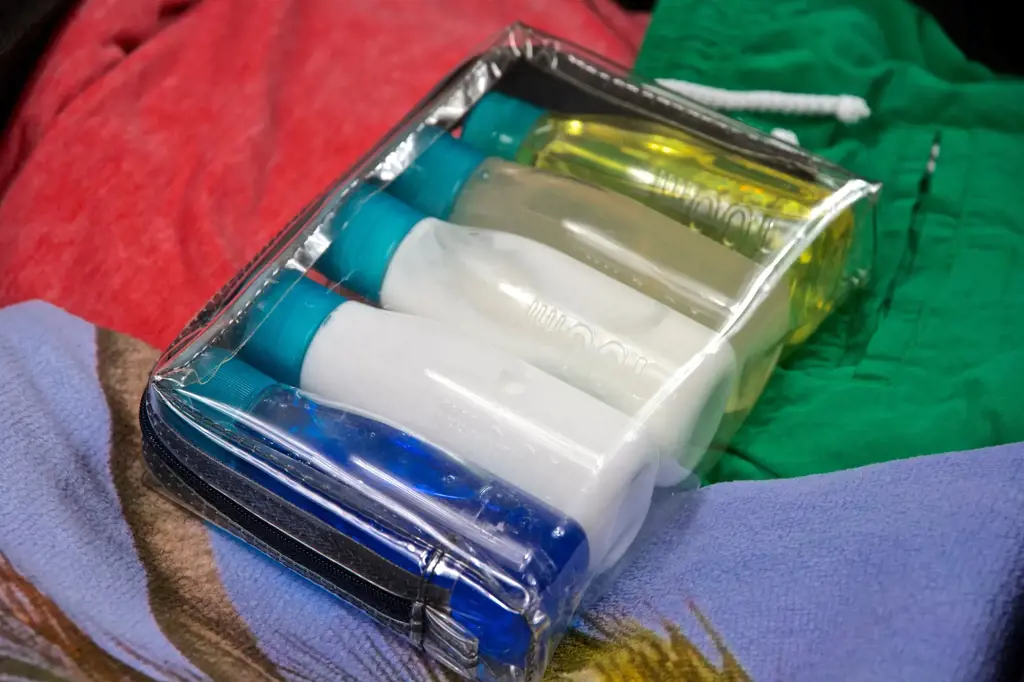
In Canada, there are certain restrictions in place for carrying liquids onto an airplane. These restrictions are in place for security reasons in order to ensure the safety of all passengers. It's important to be aware of these restrictions before you pack for your next trip to the airport.
The current liquid restrictions for air travel in Canada are as follows:
Carry-on baggage:
- Liquids, gels, and aerosols must be carried in containers with a capacity of 100 milliliters (3.4 ounces) or less.
- All containers must be placed in a clear, resealable plastic bag with a maximum capacity of 1 liter (1 quart).
- Each passenger is allowed only one bag of liquids.
Medications and baby food:
- Medications and baby food are exempt from the liquid restrictions.
- These items may be carried in larger quantities, but you may be asked to present documentation or proof of need at the security checkpoint.
Duty-free liquids:
- If you are traveling with duty-free liquids, such as alcohol or perfume, purchased at the airport or on board the aircraft, these items must be packed in a STEB (Security Tamper Evident Bag) with a receipt inside.
- The STEB must not be opened until you have reached your final destination.
It's important to note that these restrictions apply to carry-on baggage only. If you have larger quantities of liquids, you can pack them in your checked baggage. However, it's always a good idea to check with your airline or the Canadian Air Transport Security Authority (CATSA) for any specific requirements or restrictions before you travel.
Remember to pack your liquids in an easily accessible place in your carry-on bag, as you will be required to remove them for inspection at the security checkpoint. By following these guidelines, you can help ensure a smooth and efficient screening process at the airport and have a stress-free journey to your destination.
The Ultimate Guide to Air Canada's International Travel Baggage Restrictions
You may want to see also

How does Canada's liquid restrictions compare to other countries?
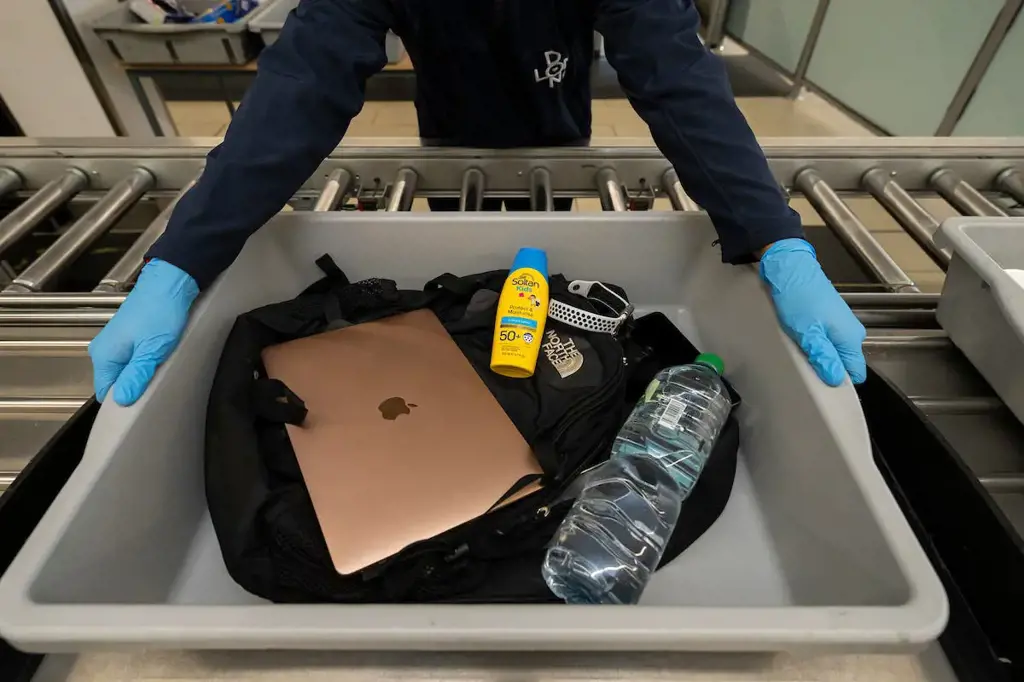
When it comes to flying, airports and airlines often have specific rules and regulations in place to ensure the safety of passengers and crew. One common restriction that travelers encounter is the limitation on the amount of liquids that can be brought on board an aircraft. These restrictions are in place to prevent potentially dangerous substances from being carried onto a plane.
Canada has its own set of liquid restrictions that are in line with international security standards. The Canadian Air Transport Security Authority (CATSA) is responsible for screening passengers and their belongings at Canadian airports. Like many other countries, Canada adheres to the 3-1-1 rule when it comes to liquids. This means that passengers are allowed to carry on containers that are no larger than 100 milliliters (3.4 ounces), and they must all fit into a single clear, resealable plastic bag that is no larger than 1 liter (1 quart). Each passenger is allowed to bring only one bag of liquids on board.
These restrictions apply to all liquids, gels, and aerosols, including items such as shampoo, toothpaste, and perfume. It is important for travelers to note that the restrictions also apply to duty-free liquids purchased at the airport or on the aircraft. These items must be packed in a sealed transparent bag with proof of purchase visible.
While Canada's liquid restrictions are in line with international standards, the specifics can vary from country to country. Some countries may have stricter rules in place, while others may be more lenient. For example, in the United States, the Transportation Security Administration (TSA) also follows the 3-1-1 rule. However, there are some differences in the size of the allowed containers. In the US, passengers are allowed to bring containers up to 3.4 ounces (100 milliliters), whereas in Canada, the limit is 3.4 ounces or 100 milliliters. This slight difference may not have a significant impact on most travelers, but it is important to be aware of the specific rules in each country to avoid any issues at security checkpoints.
It is worth noting that these restrictions primarily apply to carry-on baggage. When it comes to checked luggage, passengers are generally allowed to pack larger quantities of liquids as they are screened separately. However, it is still important to check with the specific airline or airport to ensure compliance with their policies.
In conclusion, Canada's liquid restrictions are in line with international standards and adhere to the 3-1-1 rule. Passengers are allowed to bring containers up to 100 milliliters (3.4 ounces) in size, and all liquids must fit into a single clear plastic bag. While there may be some slight variations in the specific rules between countries, it is important for travelers to be aware of and follow these restrictions to ensure a smooth journey through airport security.
Aeroflot Introduces New Travel Restrictions: What You Need to Know
You may want to see also

Are there any exceptions to the liquid restrictions for certain passengers or circumstances?
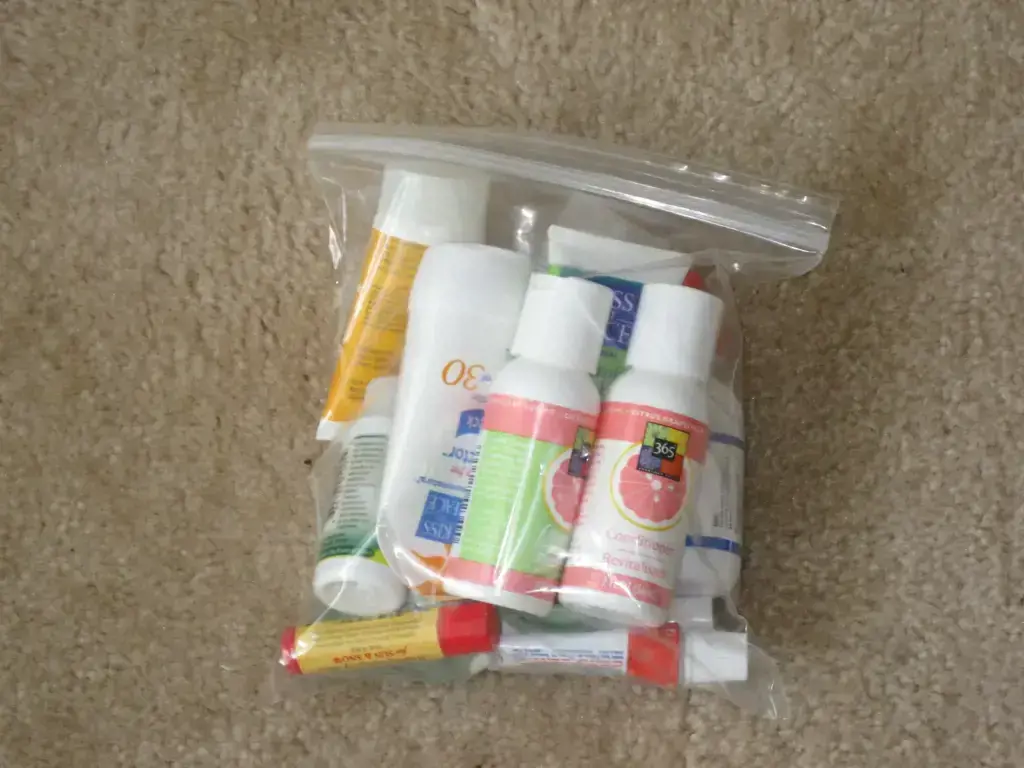
The transportation security administration (TSA) has implemented strict liquid restrictions at all airports in order to maintain the safety and security of passengers. However, there are a few exceptions where certain passengers or circumstances may be exempt from these restrictions.
One of the main exceptions is for passengers traveling with medically necessary liquids, such as prescription medications or medical equipment. These liquids are allowed in larger quantities than the standard 3.4-ounce limit, but they must be declared and screened separately at the security checkpoint. It is recommended that passengers bring a copy of their prescription or a doctor's note to verify the necessity of these liquids.
Another exception is for passengers traveling with baby formula, breast milk, or juice for infants or toddlers. These liquids are also allowed in larger quantities, but they must be declared and screened separately. It is recommended that passengers bring only the amount of liquid necessary for the duration of the flight and have it readily accessible for inspection.
Passengers with disabilities or medical conditions that affect their mobility or ability to perform self-care tasks may also be exempt from the liquid restrictions. However, these passengers may be subject to additional screening or security measures to ensure the safety of all passengers.
In certain circumstances, such as during a medical emergency or for humanitarian purposes, the TSA may make exceptions to the liquid restrictions on a case-by-case basis. Passengers who find themselves in these situations should reach out to a TSA officer for assistance.
It is important to note that even in these exceptions, all liquids must still be screened and may be subject to additional security measures. Passengers should always check with their airline or the TSA for the most up-to-date information on liquid restrictions and any potential exceptions.
In conclusion, while the liquid restrictions are generally enforced for all passengers, there are exceptions for certain individuals or circumstances. Passengers traveling with medically necessary liquids, baby formula, or disability-related items may be exempt from the standard 3.4-ounce limit. However, it is important to declare and screen these liquids separately to ensure the safety and security of all passengers.
Understanding the California Travel Restrictions: What Essential Workers Need to Know
You may want to see also

Are there any specific rules or regulations regarding the size or packaging of liquids for air travel in Canada?
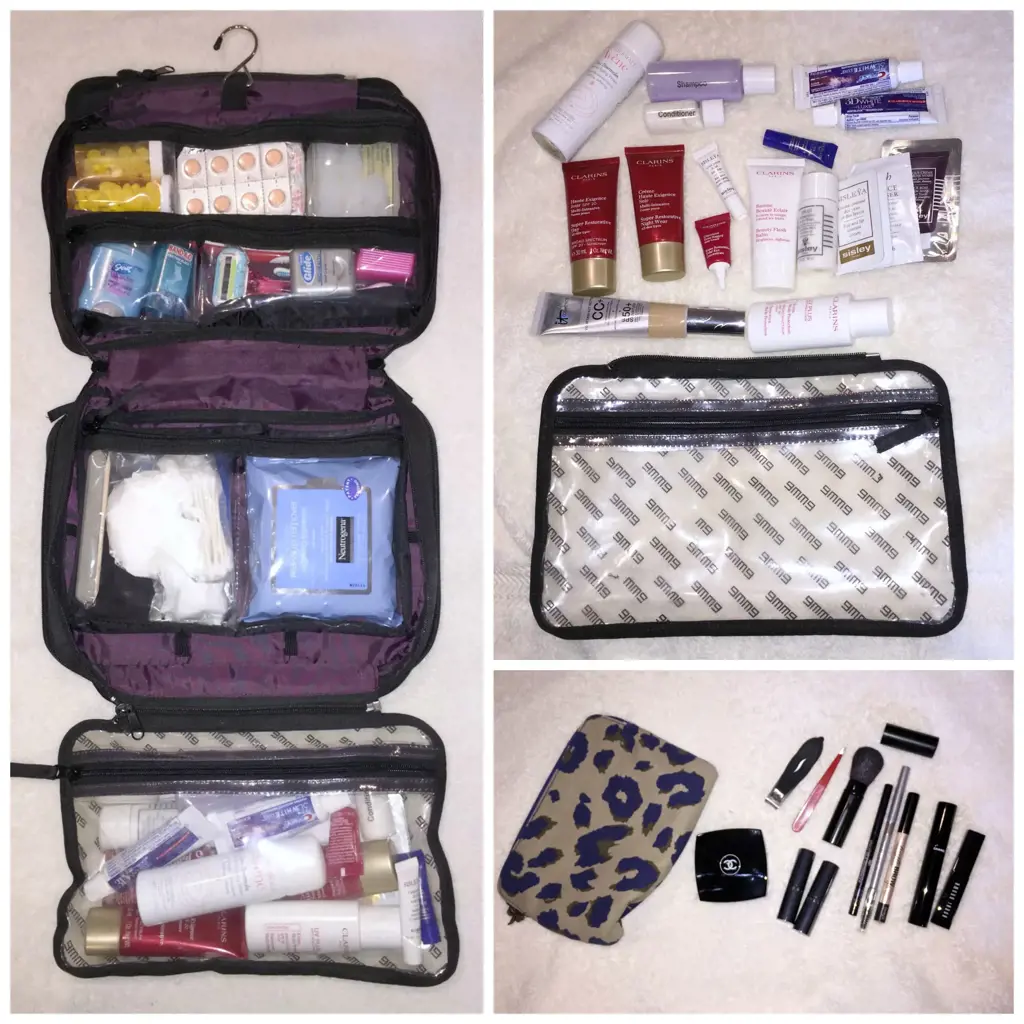
When it comes to air travel in Canada, there are specific rules and regulations in place regarding the size and packaging of liquids. These rules are designed to ensure the safety and security of passengers, as well as to comply with international aviation regulations.
The Canadian Air Transport Security Authority (CATSA) is the organization responsible for implementing and enforcing these rules. They work closely with airlines and other security partners to ensure that liquids brought on board meet the necessary guidelines.
Under CATSA regulations, passengers are allowed to bring small amounts of liquids, gels, and aerosols on board the aircraft. These liquids must be in containers that do not exceed 100 milliliters (3.4 ounces). Additionally, all containers must be packed in a single, clear, resealable plastic bag with a capacity of no more than 1 liter (1 quart).
Passengers are limited to one plastic bag per person, which must be presented separately for screening at the security checkpoint. It's important to note that the container size restriction applies to the volume of the container itself, not the amount of liquid it contains. So, even if you have a small amount of liquid in a larger container, it will still not be permitted.
There are some exceptions to the container size limit. Medications, baby formula, and breast milk are allowed in quantities exceeding 100 milliliters, but they must be declared to the screening officer for inspection. It's advisable to carry a doctor's note or prescription with you to confirm the need for these items.
Liquids purchased at airport duty-free shops, as well as those received as gifts at the security screening checkpoint, are also exempt from the 100 milliliter limit. However, they must be packed in a tamper-evident bag that has been securely sealed by the retailer.
It's essential to keep in mind that these rules apply to carry-on luggage. If you need to bring larger quantities of liquids, such as shampoo, sunscreen, or contact lens solution, you should pack them in your checked baggage. There are no specific restrictions on the size of containers in checked baggage, although there are rules regarding the overall weight and dimensions of the bag.
The rules and regulations regarding the size and packaging of liquids during air travel in Canada are in place to maintain the safety and security of all passengers. By following these guidelines, you can ensure a smooth and hassle-free journey. Remember to check with the airline and CATSA for any updates or changes to the regulations before your trip to stay informed.
Air France Travel Restrictions: What You Need to Know During the Pandemic
You may want to see also

How strictly are the liquid restrictions enforced in Canadian airports?
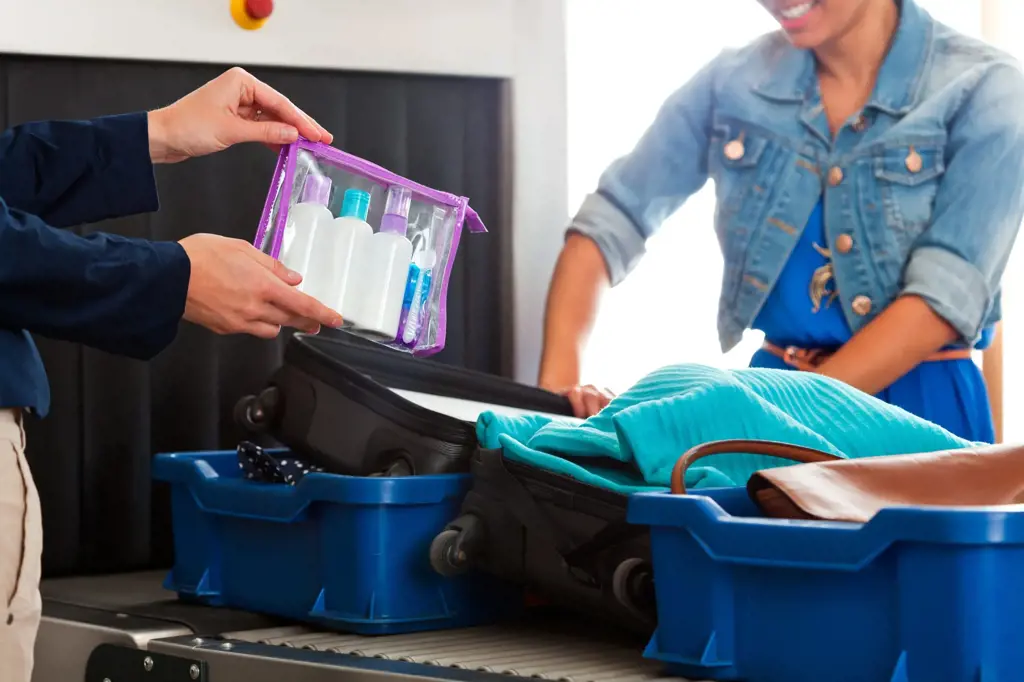
When it comes to traveling through Canadian airports, there are certain rules and regulations that passengers must adhere to, one of which includes the restrictions on carrying liquids on board the aircraft. These restrictions were put in place as a security measure to ensure the safety of all passengers flying in and out of Canada. But just how strictly are these liquid restrictions enforced?
The answer to this question is that the enforcement of liquid restrictions can vary depending on several factors, including the airport and the individual security officers carrying out the checks. However, in general, Canadian airports are known to enforce these restrictions quite strictly.
According to the Canadian Air Transport Security Authority (CATSA), passengers are allowed to bring liquids, aerosols, and gels in containers of no more than 100 milliliters (3.4 ounces) in their carry-on luggage. These containers must be placed in a clear, resealable plastic bag and presented separately during the security screening process. Additionally, each passenger is only allowed one bag of liquids, which should fit comfortably in a transparent, plastic, one-liter bag.
Security officers at Canadian airports use the latest technology, such as X-ray machines and explosive detection systems, to scan and inspect all carry-on luggage. This allows them to identify any prohibited items, including liquids that exceed the allowed limits. If a passenger is found to be carrying liquids in containers larger than 100 milliliters or in multiple bags, they may be asked to either dispose of the excess items or transfer them to their checked baggage.
While it is rare for passengers to face severe consequences for unintentionally violating the liquid restrictions, it is essential to follow these guidelines to avoid unnecessary delays and inconvenience at the security checkpoint. Security officers have the authority to confiscate any items that are found to be in violation of the restrictions, which can include valuable or sentimental possessions.
It is worth noting that some Canadian airports have implemented additional security measures, such as random secondary screenings, to further ensure compliance with the liquid restrictions. These secondary screenings may involve more thorough inspections of carry-on luggage, including the use of hand-held scanners or physical pat-downs. These measures are in place to provide an extra layer of security and deter any potential threats.
In conclusion, the liquid restrictions in Canadian airports are generally enforced quite strictly. Passengers are required to adhere to the rules and regulations set by CATSA, which include limiting liquids, aerosols, and gels to containers of no more than 100 milliliters and placing them in a transparent plastic bag. While consequences for unintentional violations are generally minimal, it is advisable to comply with these restrictions to avoid any inconvenience or potential confiscation of items. Travelers should also be prepared for additional security measures that may be implemented at certain airports to further ensure compliance and safety.
Navigating the Current Travel Restrictions in Massachusetts: What You Need to Know
You may want to see also
Frequently asked questions
No, you cannot bring your own water bottle on a flight to Canada. According to Canada's air travel liquid restrictions, all liquids, aerosols, and gels that you bring on board must be in containers of 100 milliliters or less. Water bottles typically hold more than this limit, so they are not allowed in carry-on luggage. However, you can bring an empty water bottle and fill it up once you pass through security.
Yes, prescription medications are exempt from Canada's air travel liquid restrictions. You are allowed to bring necessary medications with you on the plane, regardless of their size. However, it is recommended to bring a doctor's note or prescription label with you to avoid any potential issues at the security checkpoint.
If you are traveling on a connecting flight in Canada, you are allowed to bring duty-free liquids on board as long as they are in a sealed tamper-evident bag. The bag must be provided by the duty-free shop and have proof of purchase displayed on the outside. However, if you have a layover in another country before reaching Canada, you may be subject to that country's liquid restrictions, which could affect your ability to bring duty-free liquids on board. It is recommended to check with the airline or airport before your flight to ensure compliance with all applicable regulations.




